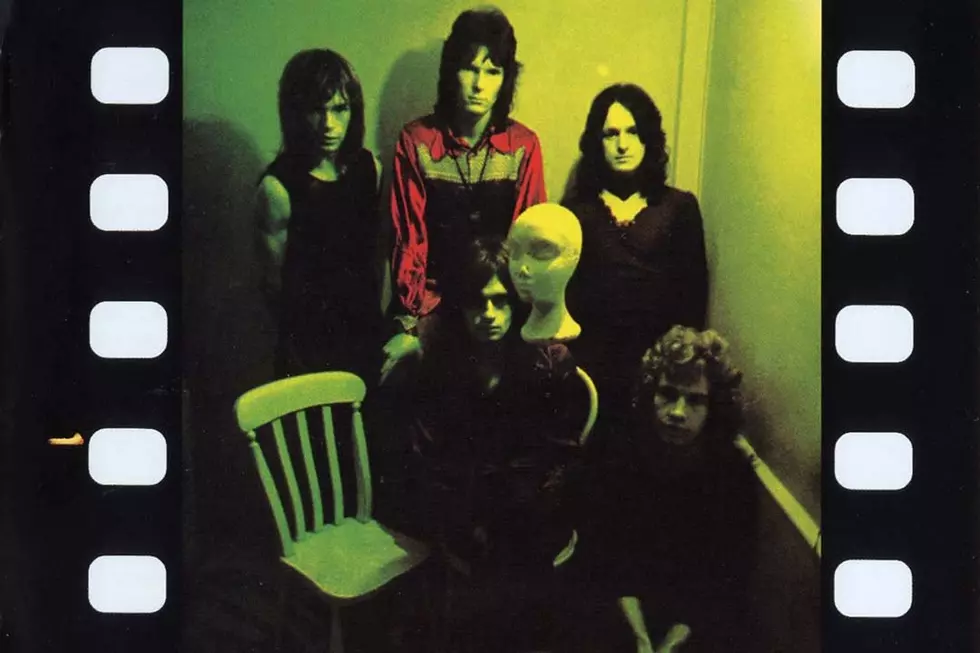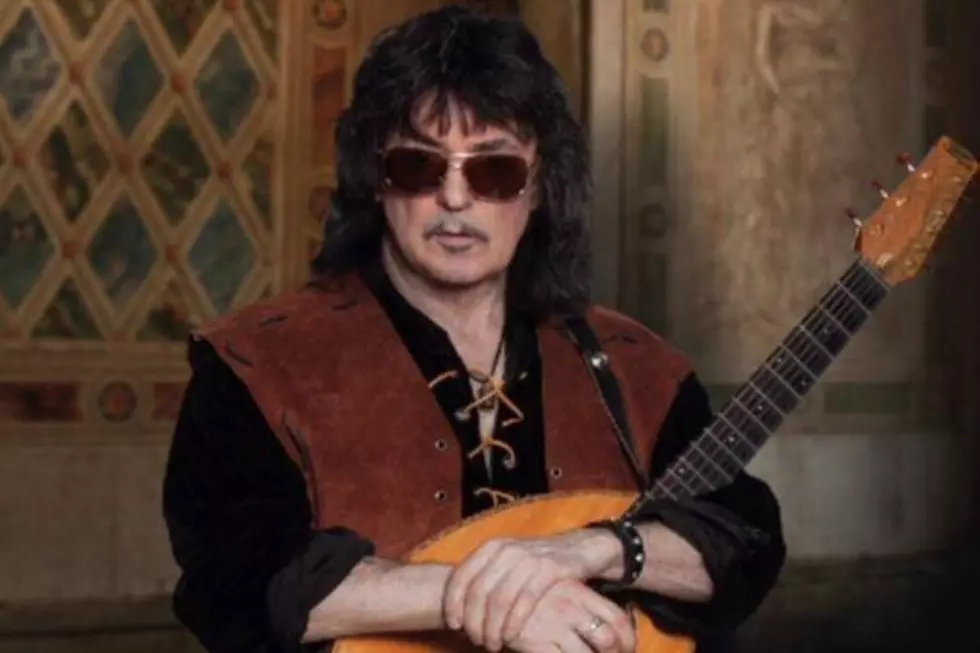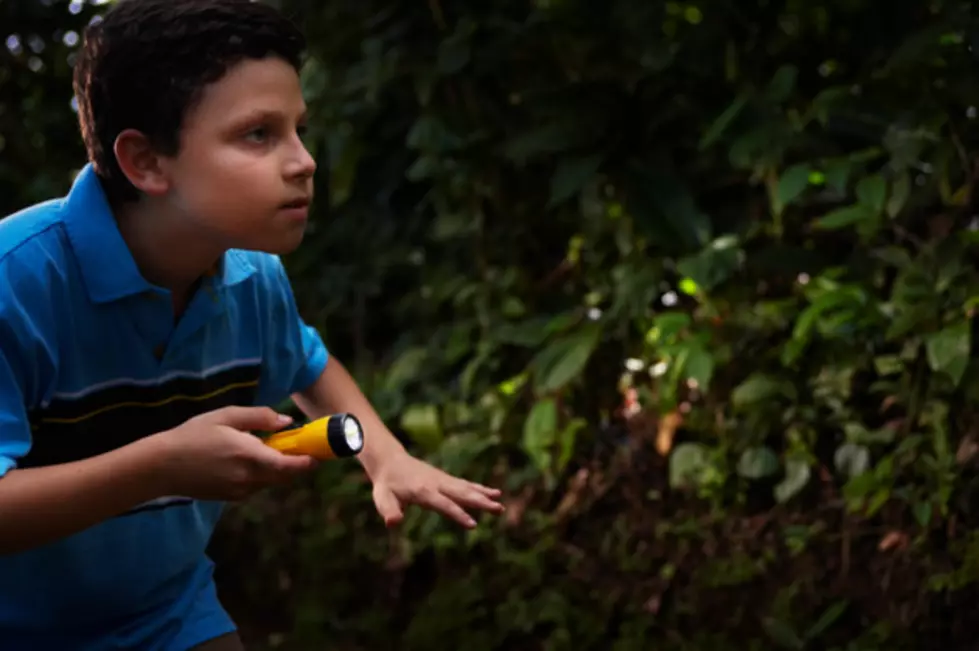
The Story of Yes’ Breakthrough Moment on ‘The Yes Album’
Yes released two studio projects before The Yes Album came out in February 1971. Nobody but the band's most dedicated followers really know about or ever listen to those pair of records. As far as most rock 'n' roll fans are concerned, Yes started on The Yes Album.
It was the first group LP to include all original songs. More importantly, it was also the band's first album with new guitarist Steve Howe, who replaced Peter Banks the previous year. Both elements lifted the material and the way it was presented. The template for almost every great Yes song, and nearly every album they made from here on, begins on these six tracks.
A key component to this new era found the band exploring more corners and areas outside of its usual boundaries. On their first two albums, no song runs longer than six minutes; here, half of the LP's tracks reach the nine-minute mark.
Keyboardist Tony Kaye, who joined the group not long after singer Jon Anderson and bassist Chris Squire formed it in 1968, expanded his role, powering the album with his mighty organ, piano and synth fills. (He'd be gone before Yes' next album, Fragile, which was released nine months later, replaced by Rick Wakeman.)
Listen to Yes Perform 'Starship Trooper'
The most significant musical advancement, however was the addition of Howe, whose classical- and jazz-influenced playing gives The Yes Album a defining heft that was missing on the group's first two records. He's even given a solo acoustic showcase, "Clap," which is the album's shortest song and the only one recorded outside of the London studio where the rest of the LP was made. (It was recorded onstage at the Lyceum Theatre.)
Howe anchors the album's best songs – opener "Yours Is No Disgrace," "Starship Trooper" and "I've Seen All Good People," whose first part (titled "Your Move") became Yes' first Top 40 single in the U.S. But, really, the whole group comes together here for the first time. There's a tighter sense of camaraderie among the musicians, as instruments weave in and out of each other, and Anderson glides alongside it all with some of his most graceful performances.
In a way, it's Yes' most cohesive album as a band. As the '70s dragged on, the records started to reflect the individual members', rather than the group's, aesthetics.The band also started experimenting more with its songs, developing deeper layers of harmonies and structures, and, notably at times, using the studio as a type of playground, working with backing tracks and tape loops at various points during the sessions.
It all paid off, as The Yes Album climbed to No. 4 in Yes' native U.K. and reached No. 40 in the U.S. (The first two Yes projects had failed to chart.) The bigger breakthrough would arrive within the next year, when Fragile soared into the Top 5. But The Yes Album paved the way, chipping away at a proto-prog sound that would expand, before eventually caving in under its own weight, in the years to come. But here the field is wide open.
Bands With No Original Members
Steve Howe Released One of Rock’s Most Hated Albums
More From 103.7 The Hawk








![Grady Needs a ‘Furever’ Home [Video]](http://townsquare.media/site/124/files/2016/02/hqdefault34.jpg?w=980&q=75)

